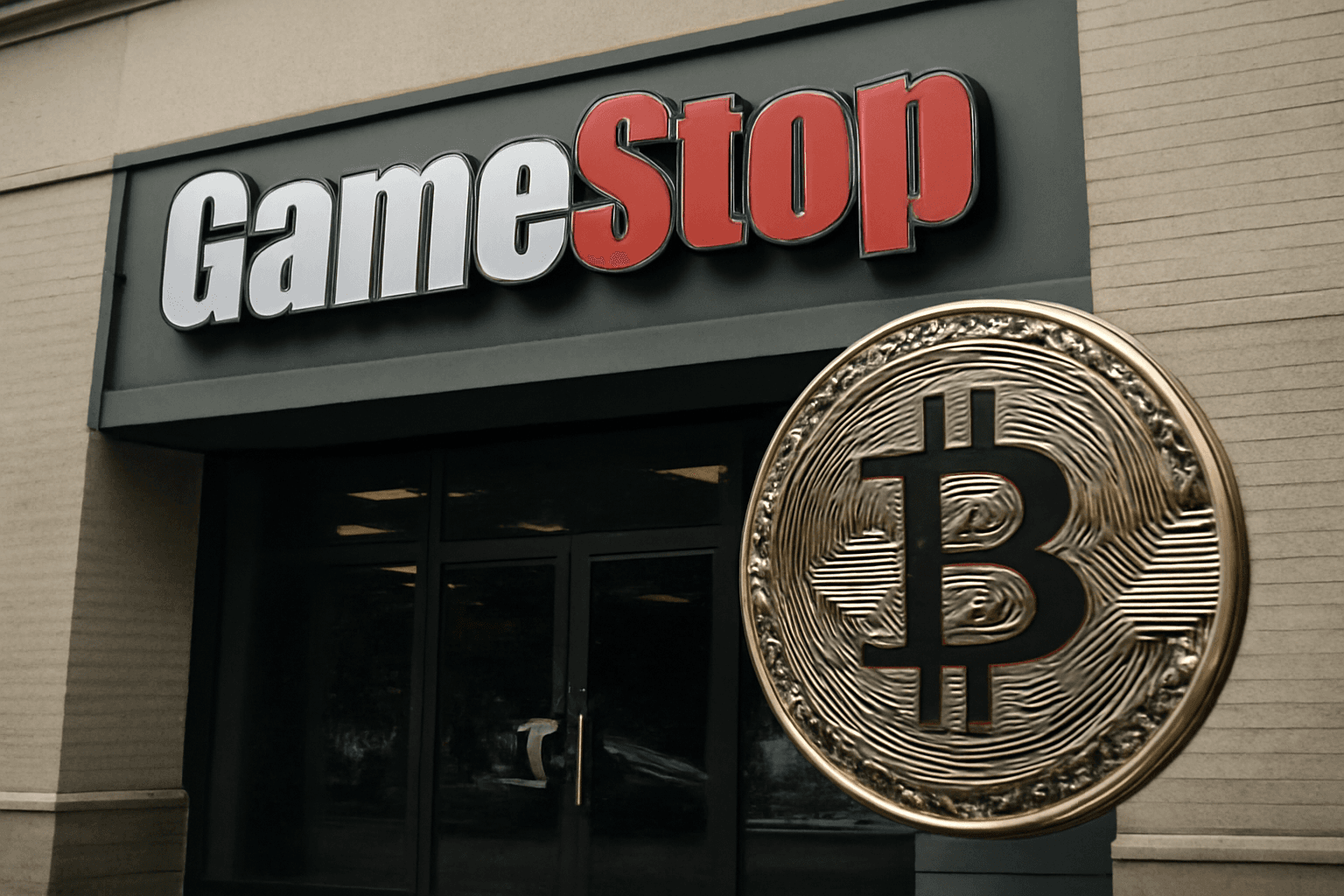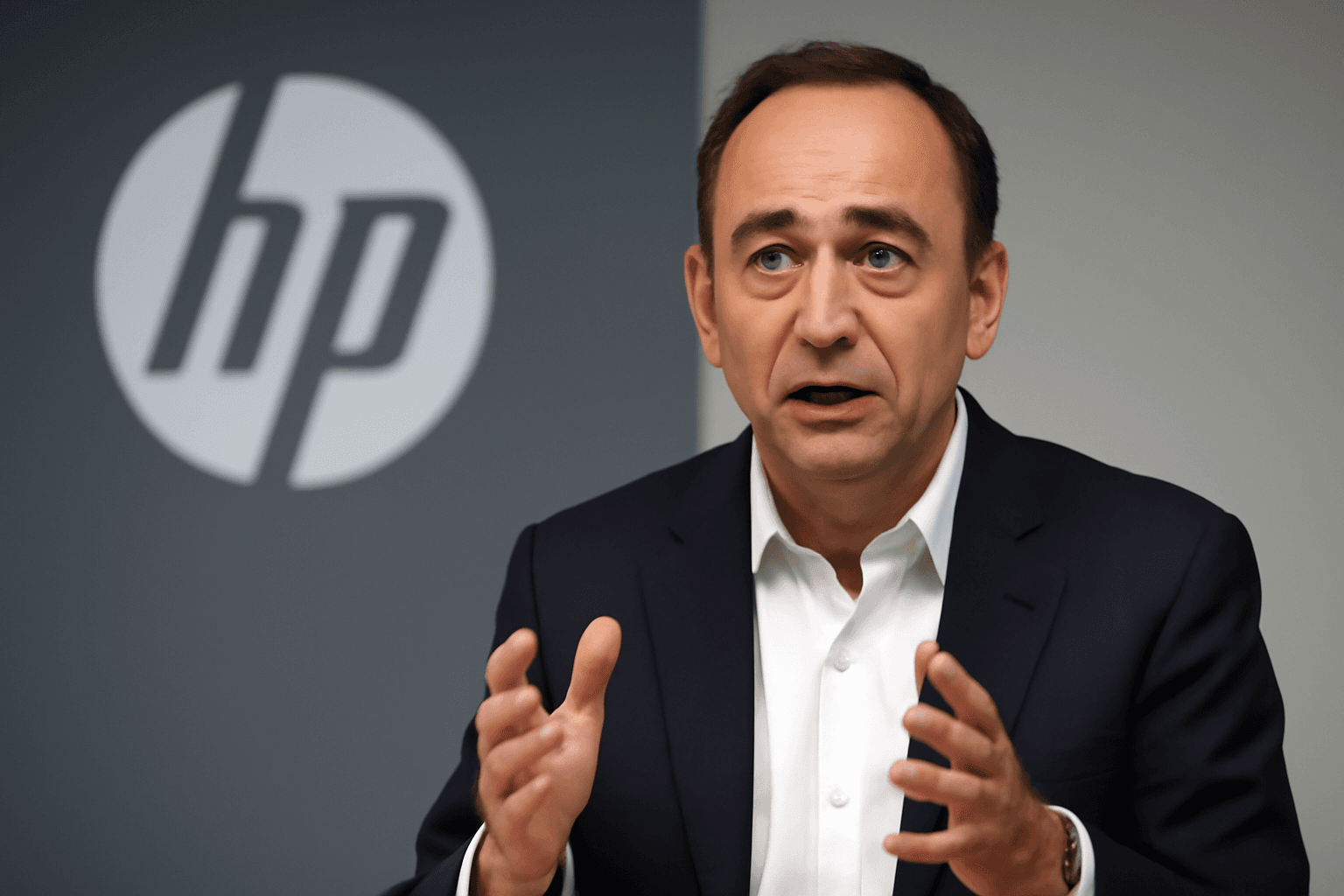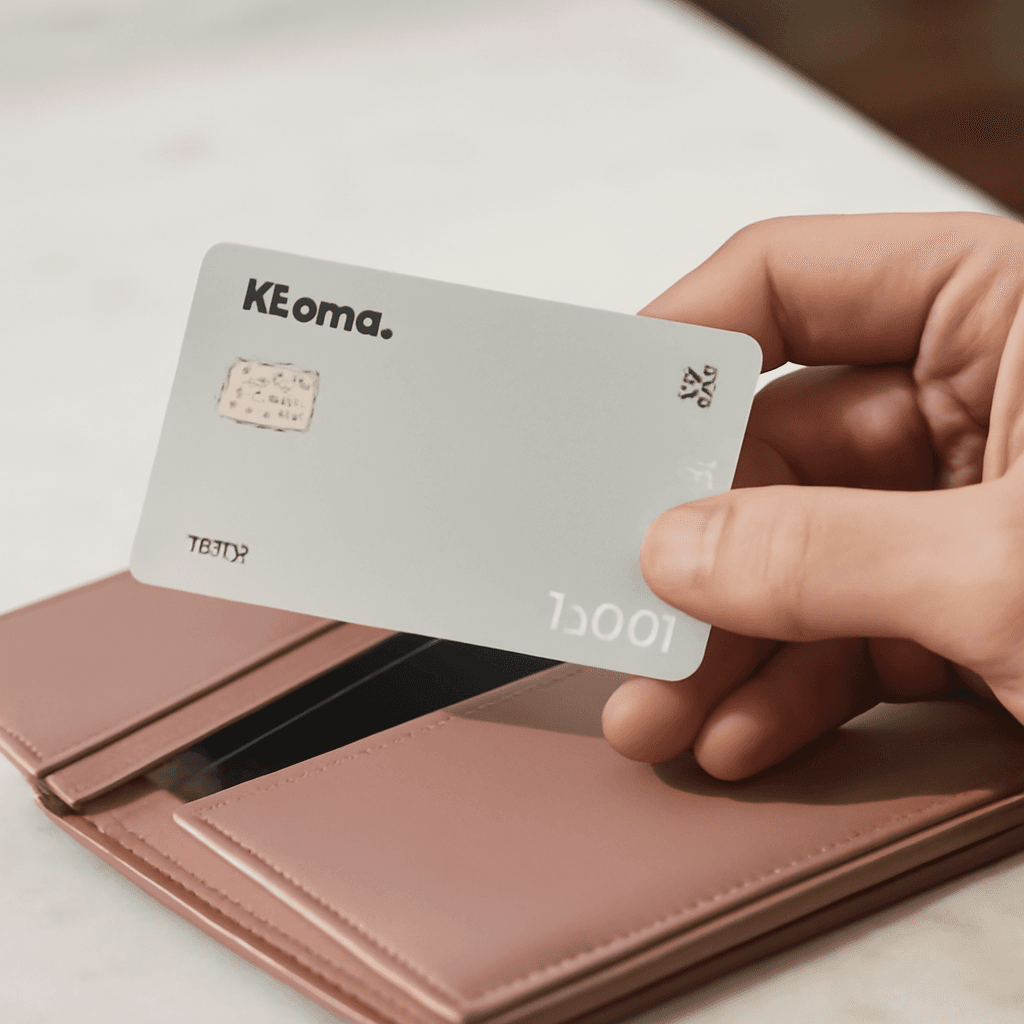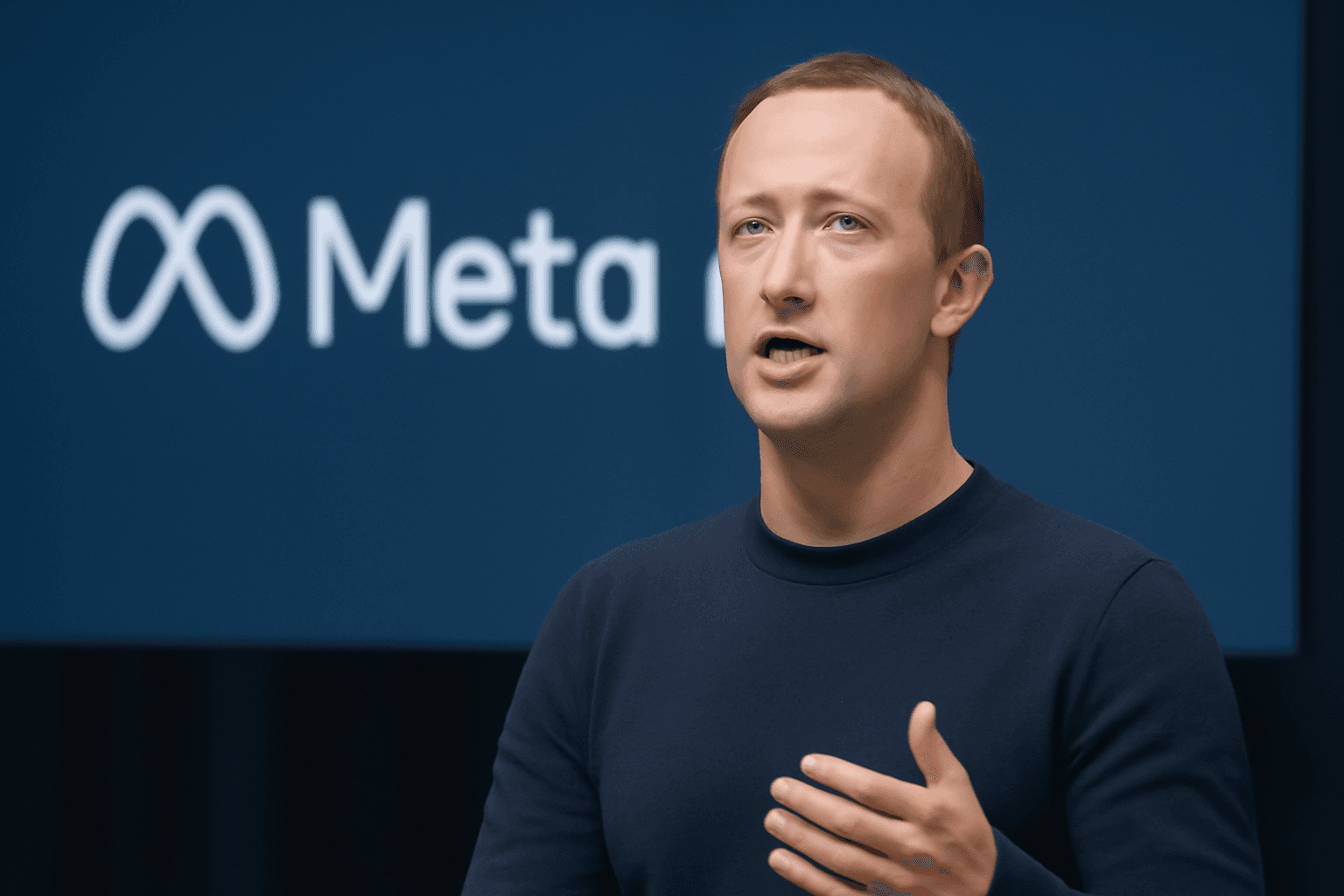Klarna's Bold Vision: Becoming a Personalized Financial ‘Super App’
Klarna, the fintech giant behind the widely adopted “buy now, pay later” (BNPL) service, is gearing up to expand beyond its payment roots. CEO Sebastian Siemiatkowski envisions turning the platform into an all-encompassing, AI-powered financial super app that offers a range of personalized services—not just those confined to traditional finance.
New Mobile Phone Plans Launch in the U.S.
In a strategic move to broaden its offerings, Klarna recently partnered with telecom startup Gigs to introduce mobile phone plans in the United States. Priced at $40 per month, these plans include unlimited data, calls, and texts, marking Klarna’s entry into telecommunications—echoing similar expansions by European rivals like Revolut and N26.
Harnessing AI to Revolutionize Customer Experience
Siemiatkowski stresses the power of artificial intelligence in redefining how Klarna serves its more than 100 million users. “With AI, you can tailor the experience much better to the individual user,” he explained, highlighting how advanced technology can allow Klarna to personalize financial services more intuitively than in the past.
Unlike earlier attempts to build a super app—where multiple services crowded the interface and confused customers—this new AI-driven approach aims to seamlessly integrate varied offerings, making the platform a dependable digital financial assistant.
From Payments to Personalized Financial Guidance
Imagine Klarna detecting that you’re overpaying for your phone plan or subscriptions and immediately proposing better options. Through AI, these suggestions would not only be delivered but could be enacted with a single click—turning advice into action efficiently and effortlessly.
The Super App Concept and Klarna’s Unique Challenges
While super apps like Alipay and WeChat have transformed digital lifestyles across Asia by combining payment, messaging, and service functions, Western adoption has been slower and more complex.
Siemiatkowski believes the gap is narrowing thanks to technological advances in AI. “There’s a tremendous opportunity here, but the challenge is making it reliable and intuitive for everyday users,” he noted.
Overcoming Perception and Market Barriers
In the U.S., Klarna is often narrowly associated with BNPL, overshadowing its broader capabilities. This contrasts with European markets where consumers recognize it as a versatile payment and financial platform.
Frustrated by negative online reactions that confuse economic headwinds with Klarna’s product launches, Siemiatkowski emphasized that this perception isn’t mirrored in other regions where the company is seen more like PayPal.
Looking Ahead: Investment Features and IPO Prospects
Beyond payments and telecommunications, Klarna is preparing to integrate investment options, including stock and cryptocurrency trading—a growing standard among neobanks. However, Siemiatkowski clarified that Klarna doesn't aim to compete directly with specialized trading platforms.
Regarding an initial public offering, Klarna’s CEO confirmed that they are ready, having established a strong brand and a profitable user base in the U.S., now their largest market by user count. Going public would provide liquidity for shareholders and capital for further innovation, but the core business strategy will remain steady regardless.
Conclusion
Klarna’s evolution from BNPL pioneer to an AI-enhanced super app signals a significant shift in the fintech landscape. By blending personalized financial services with new offerings like mobile plans and potential investment tools, Klarna aims to redefine how users manage money and services in one intuitive platform.



















